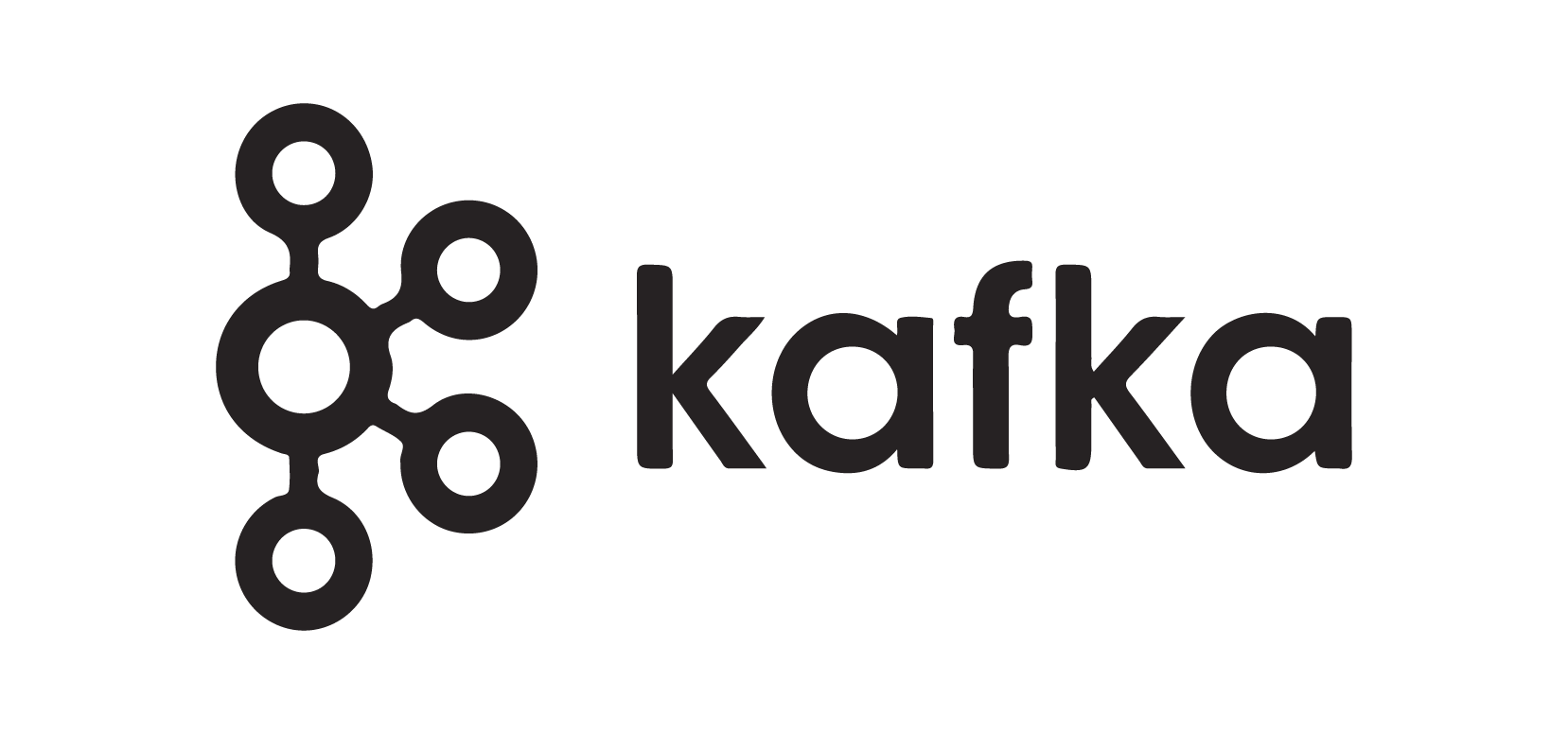What is Kafka Monitoring?

Apache Kafka is a distributed messaging system that can be used to build applications with high throughput and resilience. It is often used in conjunction with other big data technologies, such as Hadoop and Spark. Kafka-based applications are typically used for real-time data processing, including streaming analytics, fraud detection, and customer sentiment analysis. There are many derivatives such as Confluent Kafka, Cloudera Kafka, and IBM Event Streams. These are all essentially the same but with additional functions and support included.
Kafka monitoring is the process of tracking and analyzing Kafka performance in order to identify and correct any issues. Kafka monitoring is essential for anyone running Apache Kafka in production. It can help you avoid data loss, service interruptions, and other problems that can occur when Kafka is not performing properly. If you are not already monitoring Kafka, now is the time to start. Doing so will help you keep your Kafka deployment and Kafka-based applications running smoothly and prevent issues from causing serious problems.
There are a number of Kafka monitoring tools and techniques that you can use to optimize your Kafka-based applications. Here are a few of the most common:
- Monitoring Kafka performance metrics
Each organization using Apache Kafka will have its own set of Key Performance Metrics (KPMs) or Key Performance Indicators (KPIs) that they will measure the performance of the system against. For example, the amount of energy being used to run the clusters may be one of the metrics as this can then be calculated as a kilowatt per hour cost to the business. Obviously, the lower the energy consumption, the less money spent by the business. Being able to keep a tight rein on the costs to the business is vital for accountability and the bottom line, so being able to easily monitor this type of information is invaluable.
2. Tracking Kafka logs
Tracking Kafka logs allows the team to stay apprised of who is accessing which part of the system and to ensure that all proper rules are being adhered to in terms of accountability and security across the organization. Kafka logs can also throw up errors with specific codes that can then be traced by the development teams to work out how to fix any problems that are flagged up, in a real-time, organic way with minimal interruption for the end-users.
3. Investigating Kafka latency issues
Apache Kafka is designed to have very low end-to-end latency, which means that the information transmission from one end to the other should be almost instant. If there is a problem with latency, this smooth transactional system will not be working as well as expected and may provide problems for the end-user. Possible solutions when it comes to latency or lag are to add more Kafka servers to the cluster in order to boost the available computing power. This can often be done on the fly and in a matter of minutes, depending on the setup being used. There are also numerous ways to optimize and reconfigure client apps so that latency is reduced and performance is improved.
4. Troubleshooting Kafka connectivity issues
It is important to know whether the problems are being caused by something central to the Apache Kafka installation or something outside of it, for example, by internet connectivity problems at the client-side.
The tools available allow monitoring and troubleshooting to drill down into some considerable detail in order to generate the most comprehensive picture possible of the connectivity situation across the client network.
Each of these techniques can help you troubleshoot and optimize your Kafka-based applications. By monitoring Kafka performance, you can ensure that your applications are running smoothly and meeting your requirements.
How can Nastel Technologies help?
An industry leader in the messaging middleware sector, Nastel Technologies was founded in 1994 and has over two decades of experience in offering versatile solutions to enable the most robust monitoring of your Apache Kafka installations. Partnering with some of the biggest names in the business has seen Nastel go from strength to strength. We have worked with some of the foremost companies in the world, including BlueCross BlueShield, Citi, and Dell Technologies.
Integration Infrastructure Management (i2M)
We offer a single pane of glass solution which gives an at-a-glance overview of all your Apache Kafka instances as well as connected middleware, applications, and operating systems. We believe that this is the complete management, monitoring, tracking, tracing, reporting, and observability solution for Kafka delivering Integration Infrastructure Management (i2M).
This powerful and versatile monitoring solution offers the ability for Quality Assurance and Development teams to manage and operate their own middleware environments while at the same time providing a suitable level of oversight and accountability. This allows the teams to move faster in terms of getting applications to market, with the added benefit that there is also security and transparency of the process for all involved.
This allows senior management to have the confidence that they have the full picture at all times and no problems are being obfuscated from view, while at the same time it gives the Development and QA teams the environment and space they need to ensure that the applications are the best that they can be. It is the sweet spot between retention of control over a project and giving the teams their freedom to create what is needed for the company to flourish.
Ensuring the uninterrupted service for all mission-critical services is at the heart of everything we do at Nastel, reliability is one of our watchwords and we provide out of the box solutions that allow excellent monitoring and observability across the board, to ensure that you can minimize any downtime in apps and services.
We have pre-built dashboards to help detect and deal with some of the most common problems including ISR (In-Sync Replica set) shrink/expansion rate, offline partitions, under-replicated partitions, incoming/outgoing byte rate, produce/fetch rates, size of a request queue, average request latency, failed requests, idle request handler, zookeeper disconnects, unclean leader election, and active connections.
Our Integration Infrastructure Management (i2M) solution will handle all of your Kafka monitoring needs. See here for more information on Nastel’s i2M for Kafka.

